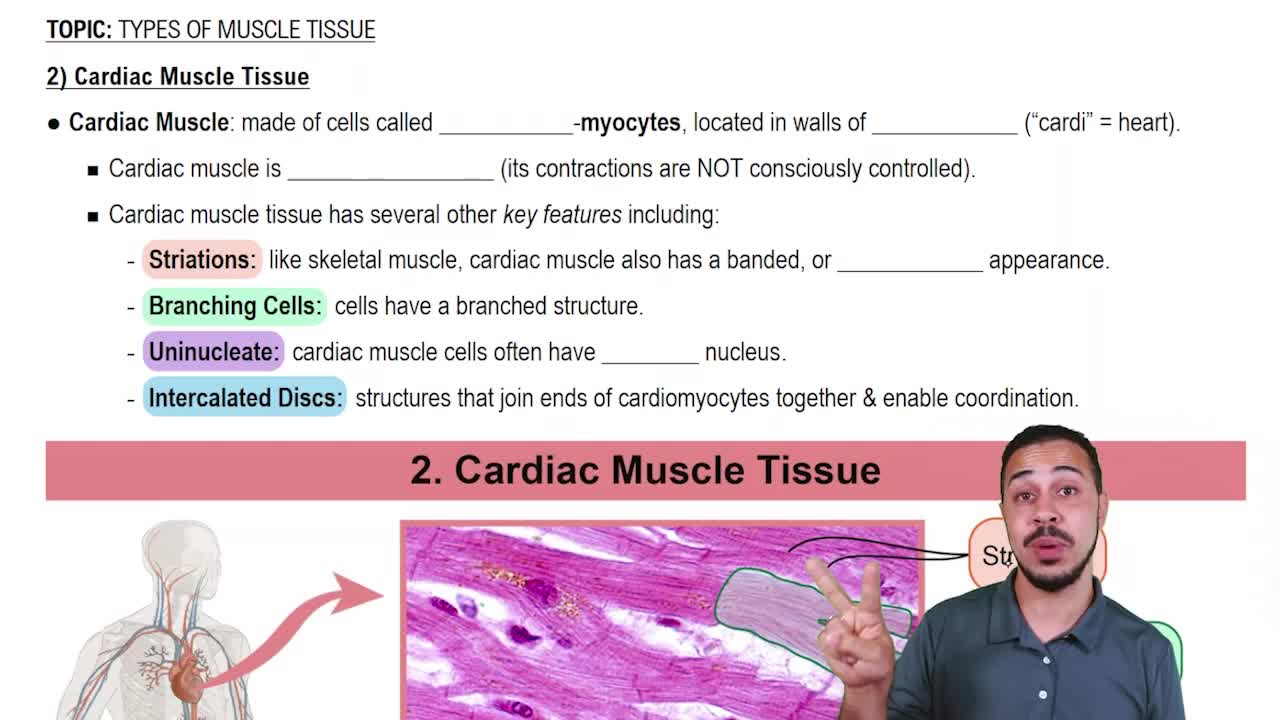Textbook Question
The chordae tendineae
a. the atrioventricular valves,
b. prevent the AV valve flaps from everting,
c. contract the papillary muscles,
d. open the semilunar valves.
587
views
 Elaine N. Marieb, Katja Hoehn 7th Edition
Elaine N. Marieb, Katja Hoehn 7th Edition Ch. 18 The Cardiovascular System: The Heart
Ch. 18 The Cardiovascular System: The Heart Problem 10
Problem 10 Verified step by step guidance
Verified step by step guidance


